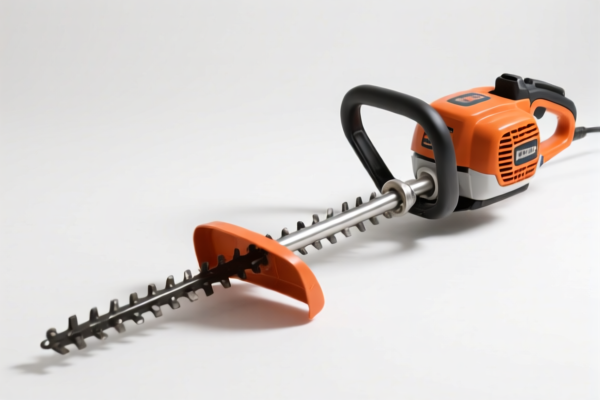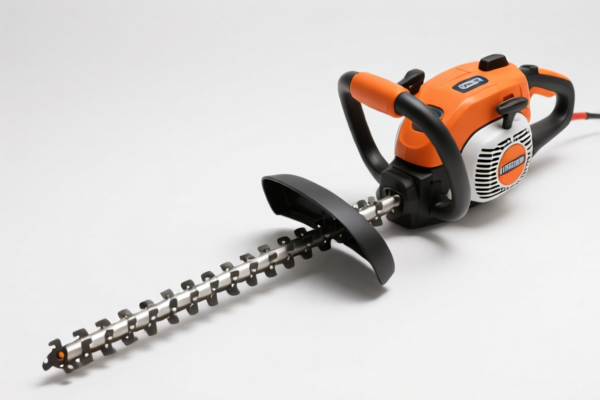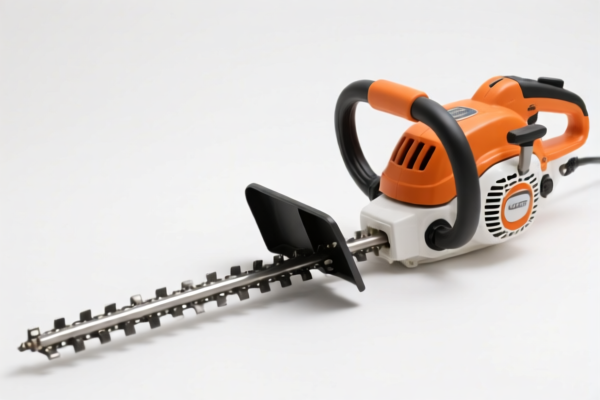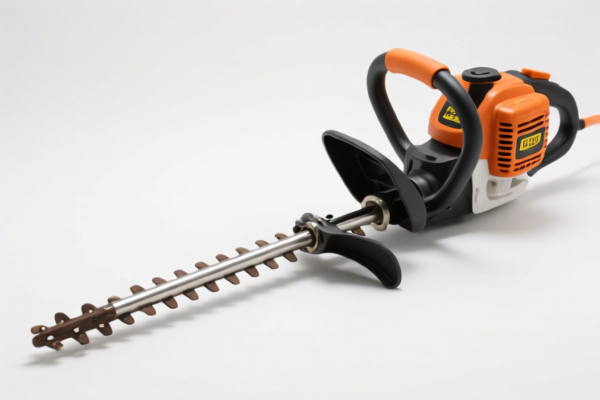| HS Code | Official Doc | Tariff Rate | Origin | Destination | Effective Date |
|---|---|---|---|---|---|
| 8214906000 | Doc | 0.2¢ each + 3.1%+30.0% | CN | US | 2025-05-12 |
| 8214909000 | Doc | 1.4¢ each + 3.2%+30.0% | CN | US | 2025-05-12 |
| 8211929030 | Doc | 0.4¢ each + 6.1%+37.5% | CN | US | 2025-05-12 |
| 8211922000 | Doc | 0.8¢ each + 4.6%+37.5% | CN | US | 2025-05-12 |
| 8479820040 | Doc | 55.0% | CN | US | 2025-05-12 |
| 8424899000 | Doc | 56.8% | CN | US | 2025-05-12 |




Bread Cutter
A bread cutter is a kitchen tool used to divide a loaf of bread into slices. These tools vary significantly in design, ranging from simple handheld knives to mechanized slicers.
Material
Bread cutters are commonly constructed from the following materials:
- Stainless Steel: The most prevalent material for blades due to its durability, resistance to rust and corrosion, and ability to maintain a sharp edge.
- Carbon Steel: Offers excellent sharpness and is easily sharpened, but requires careful maintenance to prevent rusting.
- Plastic: Often used for handles, safety guards, and some components of electric models. Food-grade plastic is essential.
- Wood: Traditionally used for handles, providing a comfortable grip; however, it is less common in modern designs due to hygiene concerns.
Purpose
The primary purpose of a bread cutter is to create uniform slices of bread for consumption. This is important for consistent toasting, sandwich making, and presentation.
Function
Bread cutters function by applying a shearing force to sever the bread. This can be achieved through:
- Direct Cutting: A blade is pressed through the bread using manual force.
- Guiding Mechanism: Some cutters incorporate guides to ensure straight and even slices.
- Automated Operation: Electric bread cutters use a motorized blade and adjustable thickness settings for efficient slicing.
Usage Scenarios
- Home Kitchens: For everyday bread slicing.
- Bakeries: Used for slicing loaves for retail sale or custom orders.
- Restaurants & Cafés: For preparing bread for sandwiches, toast, and other menu items.
- Commercial Food Production: High-volume slicing of bread products.
Common Types
- Handheld Bread Knives: Long, serrated knives designed specifically for bread. The serrations help to cut through the crust without crushing the soft interior.
- Bread Slicers (Manual): Feature slots to guide the bread and a blade that moves along the slots, producing uniform slices. Often adjustable for different slice thicknesses.
- Electric Bread Cuters: Motorized slicers with adjustable thickness settings and blades. Can slice various types of bread and other soft foods.
- Crumb Cutters: Small, handheld tools used to remove crusts and create evenly sized portions.
- Wire Bread Cutters: Utilize a thin, taut wire to slice through bread; often used for delicate breads like brioche.
- Rocking Bread Knives: Curved blade allows for a rocking motion to cut through bread with minimal effort.
Based on the provided information, a bread cutter can be classified under several HS codes, depending on its specific design and function. Here's a breakdown:
- 8214906000: This code covers “Other articles of cutlery (for example, hair clippers, butchers' or kitchen cleavers, chopping or mincing knives, paper knives); manicure or pedicure sets and instruments (including nail files); base metal parts thereof: Other: Cleavers and the like not elsewhere specified or included: Other”. This could apply if the bread cutter is a simple cutting tool resembling a cleaver, used in a kitchen setting. The tax rate includes a base duty of 0.2¢ each + 3.1%, with an additional 30.0% duty after April 2, 2025.
- 8214909000: This code covers “Other articles of cutlery (for example, hair clippers, butchers' or kitchen cleavers, chopping or mincing knives, paper knives); manicure or pedicure sets and instruments (including nail files); base metal parts thereof: Other: Other (including parts)”. This is a broader category for cutlery not specifically classified elsewhere, and could apply to bread cutters, especially if they include parts. The tax rate includes a base duty of 1.4¢ each + 3.2%, with an additional 30.0% duty after April 2, 2025.
- 8211929030: This code covers “Knives with cutting blades, serrated or not (including pruning knives), other than knives of heading 8208, and blades and other base metal parts thereof: Other: Other knives having fixed blades: Other Kitchen and butcher knives”. If the bread cutter is a fixed-blade knife designed for kitchen use, this code may be applicable. The tax rate includes a base duty of 0.4¢ each + 6.1%, plus a 7.5% additional duty, increasing to 37.5% after April 2, 2025.
It is important to note that the final classification depends on the specific characteristics of the bread cutter. If the bread cutter has a rubber or plastic handle, 8211922000 may also be applicable, covering “Knives with cutting blades, serrated or not (including pruning knives), other than knives of heading 8208, and blades and other base metal parts thereof: Other: Other knives having fixed blades: With rubber or plastic handles: Kitchen and butcher knives”, with a tax rate of 0.8¢ each + 4.6% plus a 7.5% additional duty, increasing to 37.5% after April 2, 2025.
Customer Reviews
No reviews yet.